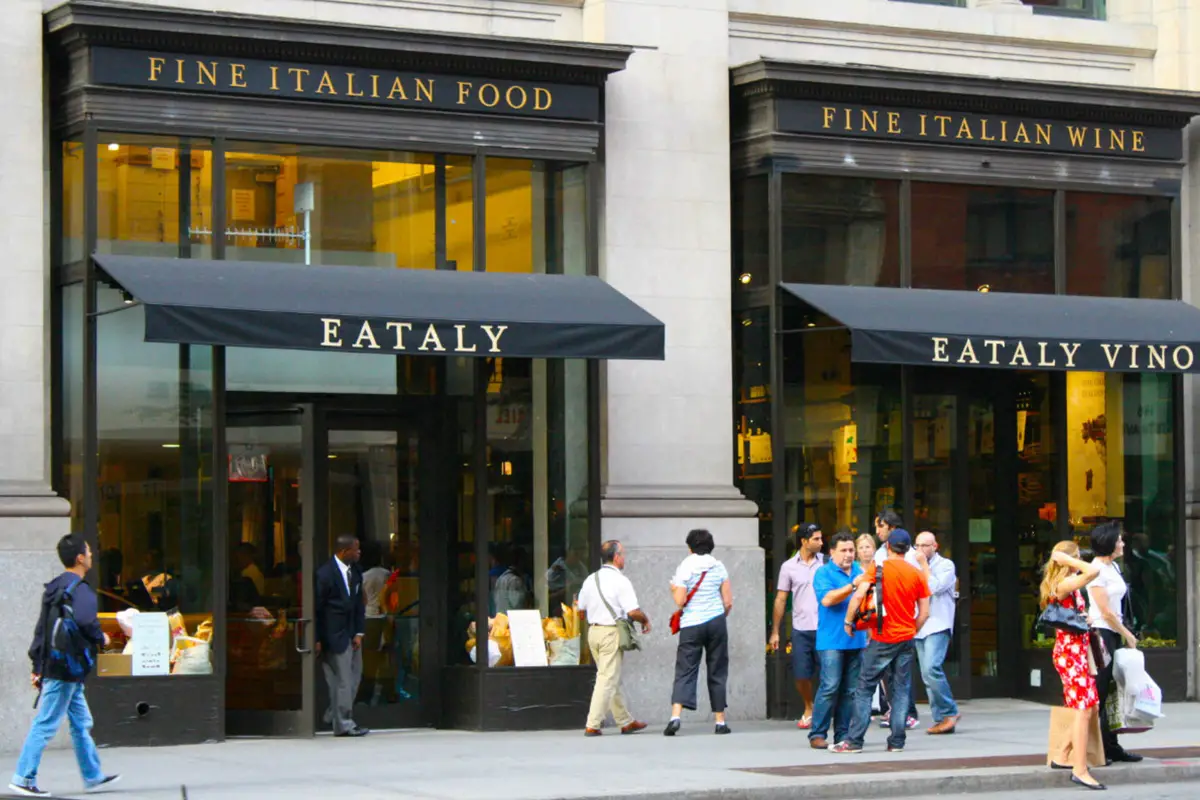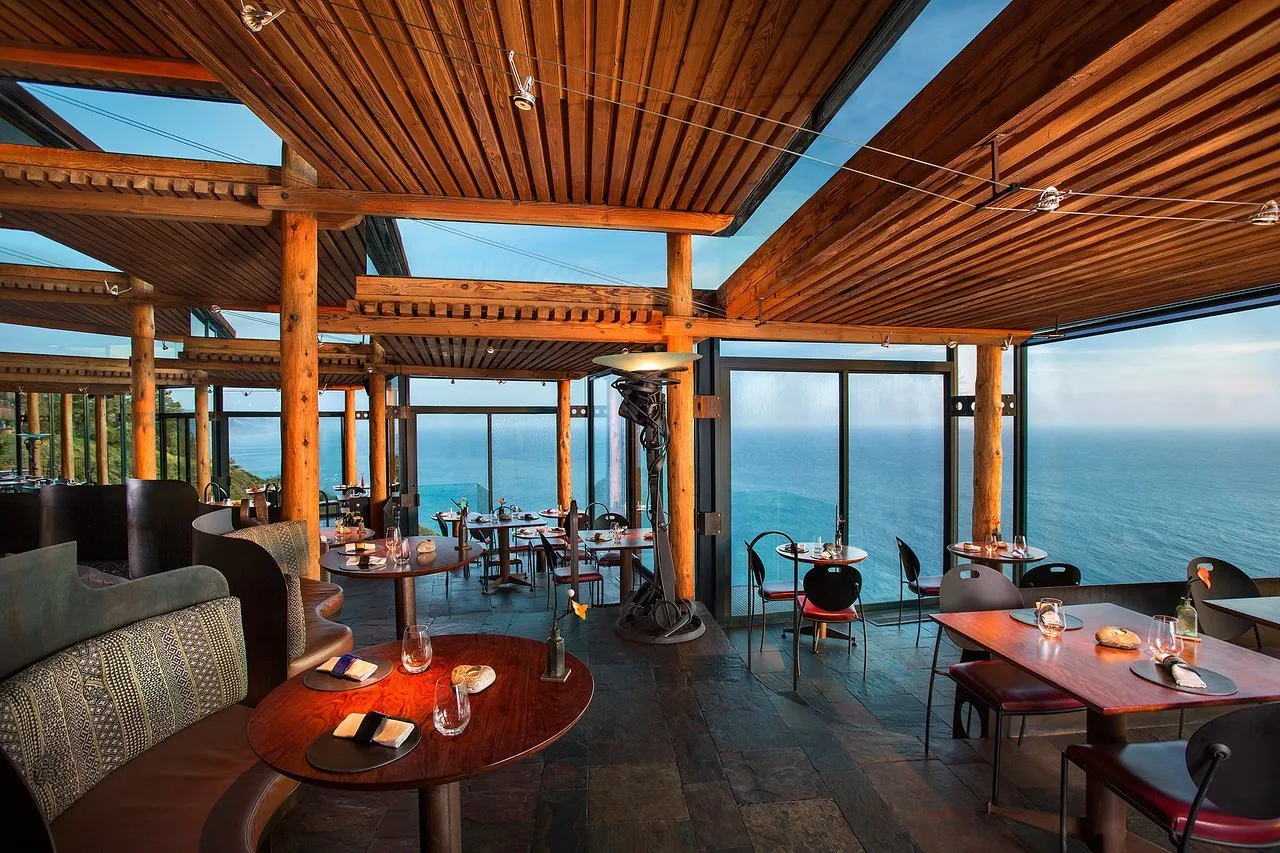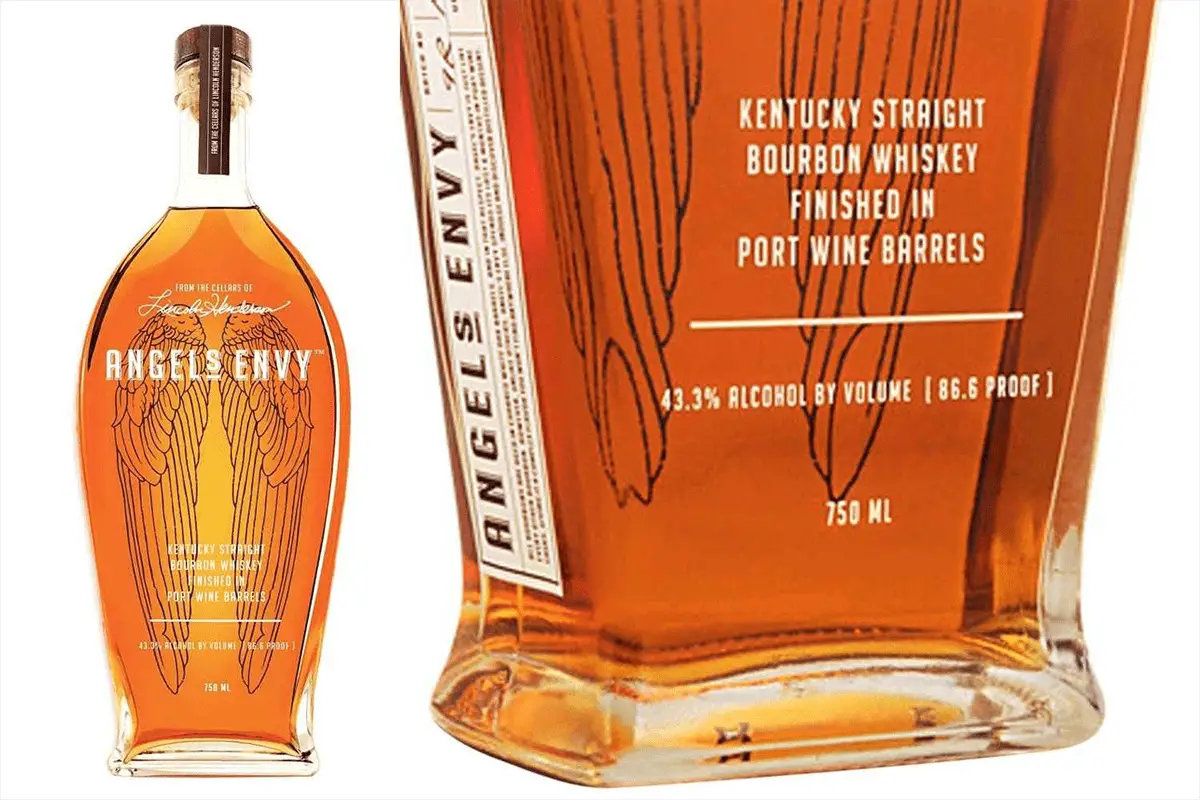They say that this is the way people shop for gourmet foods in Europe—by snacking and sipping while shopping in large, compartmentalized stores—but will it work in the United States? Looks like it. Roughly five years in the making, both Eataly—Mario Batali’s much-ballyhooed emporium next to Madison Square Park—and Todd English Food Hall—a collection of restaurants in the basement of the Plaza Hotel— remain as popular as ever.
Todd English Food Hall
If a “food hall” is a place to shop for high quality food while also being able to eat some of it, then Eataly is really the only new venue in the United States that fits the bill. At Todd English Food Hall, shopping is completely secondary to dining. Since opening in May 2010, TEFH has become, in its own way, the most upscale food court in the country. Arranged as a series of bars—seafood (with a good-sized oyster list), sushi, pizza, grill, and wine—with goodies for sale in the background, it’s challenging to name many other places at which one can show up, without a reservation or even knowing what kind of food to eat, with confidence that the result will be excellent. Although Todd English Food Hall provides a nice ambiance for diners—it’s quieter and less bright that Eataly—and one could imagine sitting there for some time, you aren’t likely to see many people just shopping for ingredients to take home. In fact, a couple hours spent at TEFH and you will not want to set foot in a grocery store as you will have probably fulfilled your quota for food intake and variety in a given day.
Todd English’s establishment almost encourages you to take your time and try out various cuisines in small samples. Although if you are in more of a grab-and-go or 30 minute fast lunch state of mind there are still some great options. Luke’s Lobster, which moved into TEFH in 2012 has remained a favorite, serving their signature “Maine Style” lobster rolls featuring fresh lobster atop a buttered, toasted, split top top bun, with a dash of mayo, lemon butter and spices.
Eataly
Eataly, which opened it’s doors in August 2010, brings a European tradition of gourmet market-eatery hybrids to the United States. Although Eataly’s outlets in Italy are very popular (the main store is in Torino, and there are also Eataly outposts in Japan), and a number of well-known food halls exist in France and Germany, the most famous of European food halls are probably those in London, which, like the Eataly locations, combine gourmet eating with gourmet shopping. Most of these well-known London food halls, such as Fortnum & Mason and Harrod’s, are attached to large department stores. An American version has existed for some time. Macy’s has had food halls but the quality is nowhere near those in Europe. What distinguishes Eataly is its focus on fresh food and the quality of its dining options, combined with its twenty-first century laser-like focus on food quality, rather than things such as ambiance or making its patrons feel like nobility. And while similar places have opened in New York in recent years they are hardly a place for the kind of grazing suggested by Eataly and its European ilk.
The meat and produce sold at Eataly is all high quality, and compared to other gourmet markets in Manhattan, not overpriced. Some things, such as freshly-made pasta and mozzarella, are even made on-site. The seats in Eataly’s eateries are all full now since the hotspot is still new. People return because the quality of the food offered is excellent—particularly at Il Manzo, Eataly’s one reservation-taking restaurant—but after a while the noise and brightness will likely cause the novelty of eating gourmet pizza or sipping wine inside a gourmet market to wear off, and Eataly will be better known as a place for do-it-yourself gourmands to supply their dinners, and maybe grab a snack, than as a must-see dining destination. This is one of the only places in New York that expects to actually sell quantities of high quality foie gras, pork cheeks, quail eggs, rendered duck fat and gourmet mushrooms to its shoppers, rather than putting such items out with the idea that they look good, even if no one buys them. What has probably become Eataly’s best dining/drinking option is similarly ambitious—the rooftop beer garden, Birrera. Headed up by Sam Calagione, of Dogfish Head, the always crowded rooftop microbrewery/beer garden opened in the spring of 2011 and has remained a stalwart of the ever popular beer garden movement in NYC. Birerra does not just serve a great line-up of domestic and international craft beers (including a number of small production brews from Italy) but they also educate drinkers’ palates by making and serving cask-conditioned beers.
Markets such as Pike Place, in Seattle, and the Ferry Building, in San Francisco, are constantly updating themselves, and both offer a great selection of gourmet shops and eateries—the main difference from the food hall concept being that, rather than being single stores, each shop and eatery is separate, which does divide the gourmet shopping and gourmet dining experiences.










